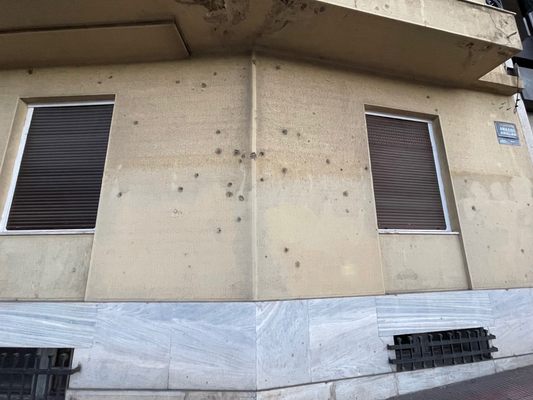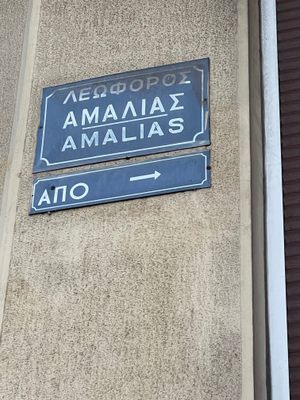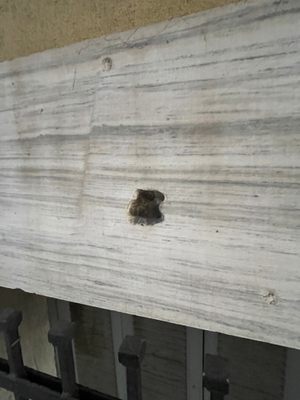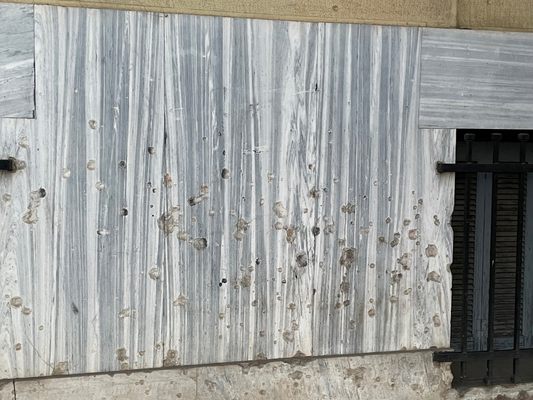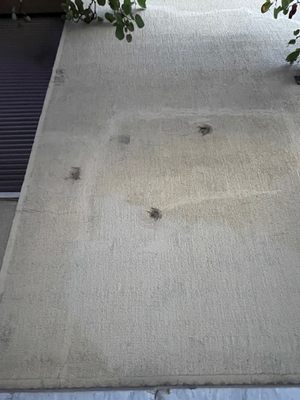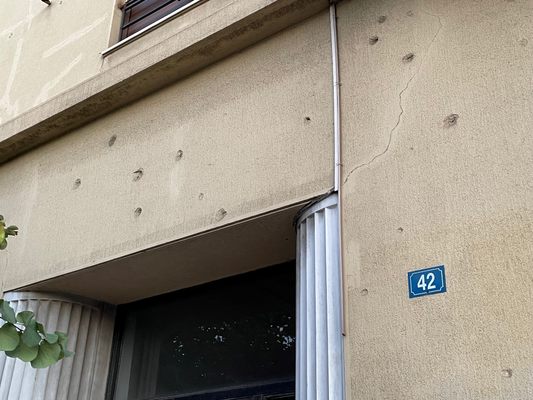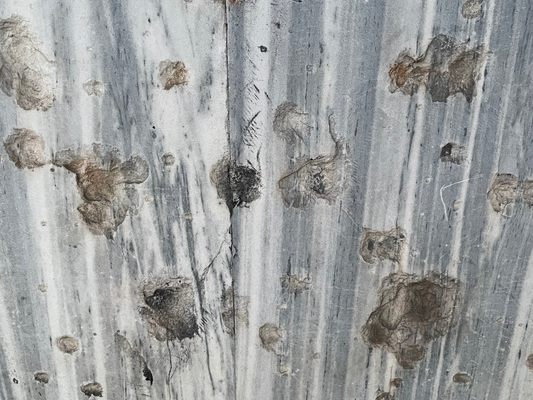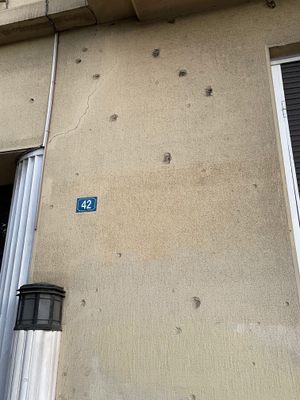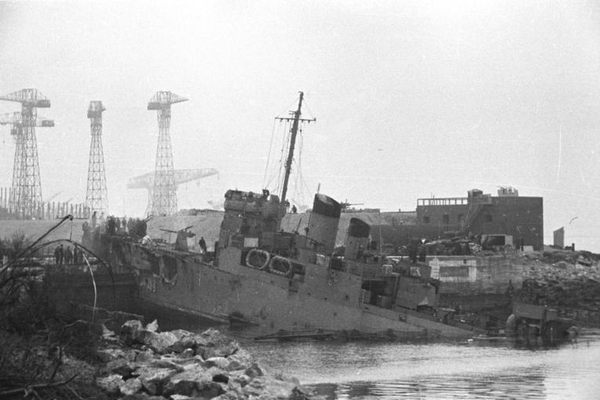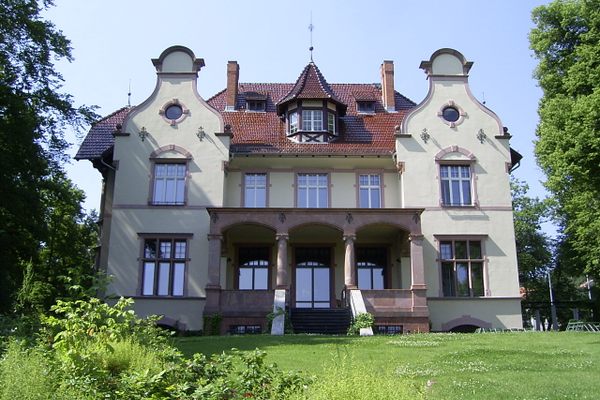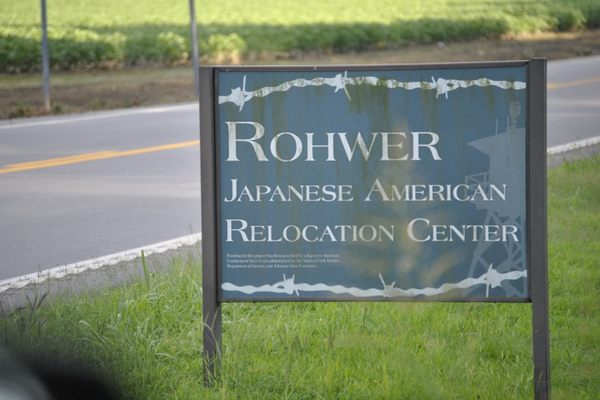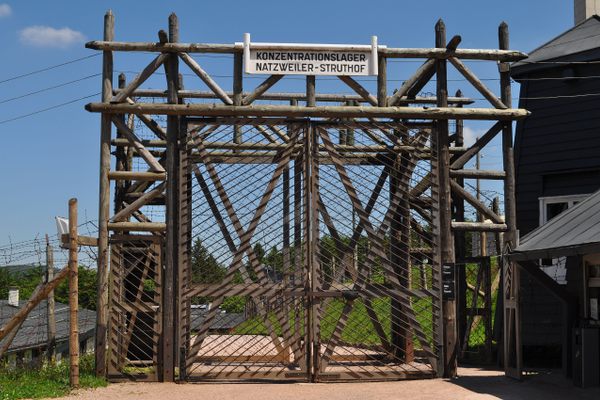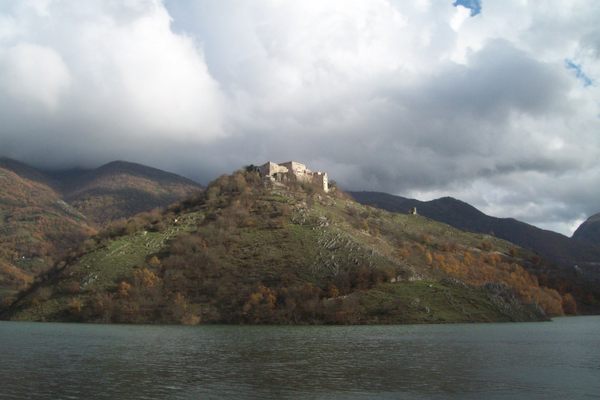About
When German forces began withdrawing from the Balkans toward the end of World War II, the exiled leaders of the occupied countries started making plans for post-occupation governance. The status of Greece was especially complicated. On September 26, 1944, the “Caserta Agreement” was signed by the Greek government-in-exile and resistance forces, the National Republican Greek League (EDES), and National Liberation Front (NLF). This agreement stated that all Greek resistance forces would be placed under the control of the British Army and eventually integrated into the Greek Army.
On October 12, 1944, the German army completed their withdrawal out of central Athens. On October 14th, British and Greek troops entered central Athens and formally liberated the city. The Greek government in exile arrived four days later and chaos soon erupted. By December 1, 1944, order had not been restored. The British general in charge of the area ordered the disarmament of EDES and NLF troops in Attica.
The NLF leaders refused to surrender arms, resigned on December 2, 1944, and called for a protest in the city center the following day. The British Army commanding general showed great concern over this protest and deployed troops and tanks, along with the Greek army and police units if the protest got out of control.
The next day, over 100,000 people showed up. Violence broke out and led to gunfire (who fired the first shot has been disputed). At the end of the conflict, 28 protesters were killed and 148 were wounded at the hands of British forces (some of which were positioned atop the Acropolis and Mt. Lycabettus with machine guns and light artillery).
This event was the first of numerous battles in the streets of Athens between British forces supporting the Greek government, and the communist rebels who actually fought alongside the Greek and British troops just months earlier.
This conflict is considered the beginning of the “Dekemvriana” (December Events), a 37-day period of fighting in the streets of Athens. By the end of the Dekemvriana, thousands had been killed and thousands more were shipped to prison camps in British-controlled areas of Africa.
During one of the battles of the Dekemvriana, rebels used the building at 42 Amelia Street as cover. The building sustained significant damage from bullet and shrapnel holes inflicted by British troops. Most of the damage to the building was repaired shortly after the war, however, the bullet and shrapnel damage on the facade was intentionally left as a reminder of this dark time in Greek history that should not be forgotten.
Related Tags
Know Before You Go
Everything to be seen is on the outside the building. The building currently houses the General Honorary Consulate of Costa Rica in Greece, and their activities should be respected. Unless you need to conduct official business inside the building there is no reason to enter as there is nothing relevant to see inside.
Community Contributors
Added By
Published
October 29, 2021
